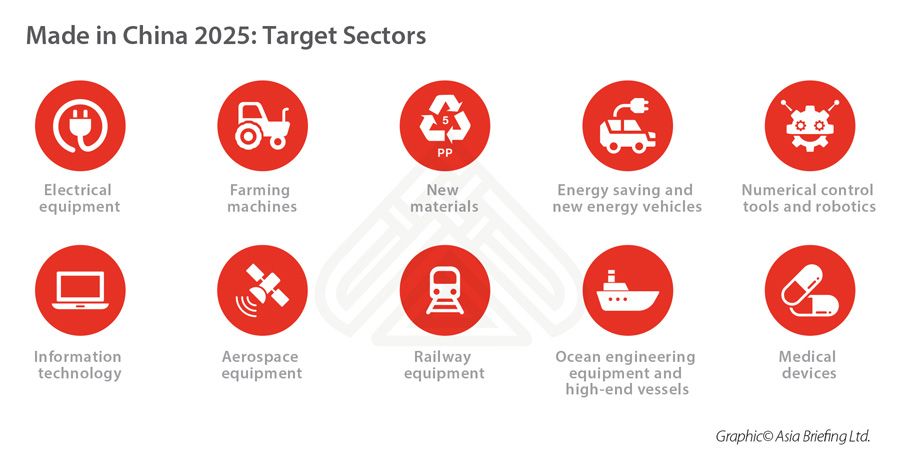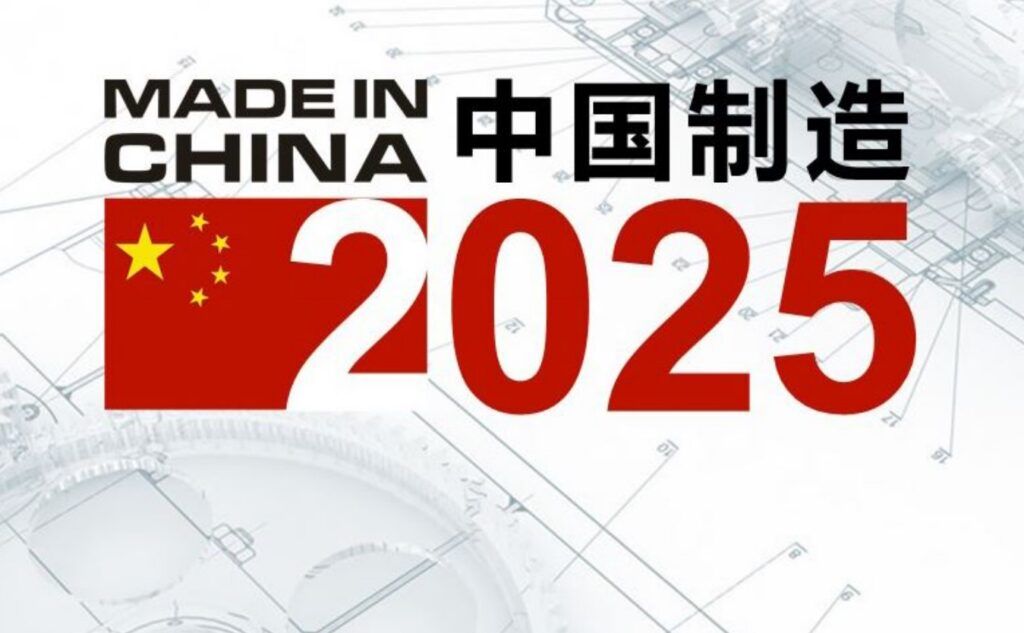Asset Allocation Secrets: How to Solve a Problem Like China
Simon Turner
Wed 8 Oct 2025 7 minutesWhen Beijing throttled exports of rare-earth magnets in April 2025, carmakers from Detroit to Wolfsburg panicked. Production lines halted. Procurement experts scrambled for stock. What looked like a trade tiff was, in fact, the visible edge of a very deliberate strategy, one that has been unfolding quietly for nearly a decade.
China is not just another emerging market story. Under Xi Jinping, it has become a deliberately engineered ecosystem that seeks to reduce its own dependence on the world while increasing the world’s dependence on it. The Economist called this pursuit of ‘asymmetric dependencies’ the defining feature of Beijing’s grand industrial design.
For investors, this is not a theoretical problem to solve but a live, evolving landscape that requires deep understanding. The question is not whether to avoid China, but how to navigate its unique risks and opportunities, while ensuring your portfolio isn’t dependent on someone else’s supply chain.
Made in China 2025 & Beyond
Launched in 2015, Made in China 2025 was created to catapult China’s domestic economy into advanced technology sectors such as robotics, biotech, aerospace, and semiconductors. Their progress toward that goal has been uneven. China still lags in cutting-edge chip foundries, but is catching up quickly.

The Made in China 2025 strategy aligns with China’s dual circulation model, adopted in 2020, which is focused on building internal supply chain resilience while retaining global export reach. Xi has been explicit about this: China must reduce its dependence on foreign inputs while tightening others’ dependence on it.
By following this plan, China is doubling down on subsidies, vertical integration, and domestic capacity building. Looking forward, strategic sectors such as AI, green energy, advanced manufacturing are likely to remain central to state priorities.
Explore 100's of investment opportunities and find your next hidden gem!
Search and compare a purposely broad range of investments and connect directly with product issuers.
Case Study: Rare Earths
The rare earths sector provides a useful gauge of China’s strategic intentions.
Today, Beijing controls 76% of global rare-earth processing capacity and maintains a near-monopoly in heavy rare earths, a dominance that reveals both its leverage and the fragility of the sector’s downstream chains.
Here’s why this situation matters to all rare earths investors… In April 2025, China rolled out new export controls and complex licensing rules targeting magnets and medium-to-heavy rare earths. The move triggered a 93% drop in magnet exports to the U.S. which left automakers and renewable energy firms scrambling for stock.
Beijing responded by selectively issuing permits (including to Volkswagen suppliers) and even briefly loosened controls ahead of trade talks. Exports of rare-earth magnets then rose again in August, hitting a seven-month high as China recalibrated its choke points to fulfil its selective distribution plan.
For investors, the lesson is stark.
Rare earths miners and explorers outside China may gain in strategic importance, but only those that can credibly scale midstream processing (e.g. separation and refining) stand a chance at sustained success of scaling. The more likely winners will be midstream processing firms operating in allied countries, particularly those riding on government contracts or policy support. In other words, upstream hope without downstream capability may be enough to get a project funded, but not to build a durable alternative to China’s grip on the market.
That’s a win for the Made in China 2025 plan, and a serious risk for everyone else.

The Global Response: De-Risking, Not Decoupling
None of this is news to China’s main trading partners. The U.S., EU, Japan, and Australia are racing to reduce their exposure to the risks created by Chinese domination, a trend described as de-risking or friend-shoring.
For example, the U.S. has poured billions of dollars into semiconductor and critical mineral projects, Brussels has set targets for local processing capacity, and Canberra has prioritised the development of local rare earth supply chains.
These strategies may help, but a full decoupling from Chinese dominance is unrealistic. Alternative hubs often lack the required scale or expertise, while the costs outside China are almost always higher. As MIT’s Collective Resilience framework argues, interdependence cuts both ways. China is vulnerable in sectors such as energy and advanced equipment, but the West is deeply tied to Chinese midstream dominance.
The likely outcome is a bifurcated supply chain system with a China-centric backbone alongside a bloc-aligned ‘resilient’ chain. This is a case of needs must. Transitioning toward this type of dual structure will raise corporate costs, global inflation, and volatility across sectors.
Asset Allocation Implications
For Australian investors, the key is not whether to hold China but how to segment, hedge, and complement that exposure.
1. Position for Supply Chain Resilience
Global inflationary shocks and margin pressures caused by Chinese export restrictions are real risks. So back funds and ETFs exposed to rare earths, battery materials, and defence technology that build redundancy, vertical integration, or alternative supply hubs.
2. Favour Active Exposure
Policy interventions will drive sharp divergences across China’s many industries. Against this backdrop, active Chinese-exposed fund management or smart-beta tilts are likely to be more valuable than broad, passive allocations in capturing winners and avoiding losers.
3. Use Currency Hedges
Chinese tail risks such as currency swings shouldn’t be underestimated. Mitigate with funds which hedge against Asian currency risk.
4. Balance Chinese Exposure Against Australia’s Resource Advantages
Australia is both exposed to Chinese dominance and positioned to benefit as a major supplier of lithium, iron ore, and rare earths.
So an allocation to Australian resource funds with a focus on credible downstream strategies is likely to be prudent.
5. Think in Decades, not Quarters
China’s grand industrial and geopolitical ambitions will unfold over decades rather than years. Long-term Chinese equity allocations to the economic catch-up story are likely to outperform, but only for investors with patience and the tolerance for volatility.
This is very much a long term investment theme.
6. Be Ready for the Wild Cards Most Investors Are Ignoring
There’s no ignoring the fact that global geopolitical risks are currently elevated.
So be ready for the many potential shifts that could redefine China’s geopolitical landscape such as capital overextension by Beijing, breakthrough substitution technologies in magnets or batteries, a coordinated G7 pushback to Chinese dominance (e.g. price floors on rare earths), or structural vulnerabilities in China’s debt, demographics, and consumption.
None of these scenarios are unlikely, yet all of them would have a substantial market impacts.
👉 Investor Takeaway: Exposure to the China opportunity isn’t a binary issue. Success is likely to come from allocating to active funds, hedging tail risks, leveraging Australia’s strategic resources, and maintaining patience for the long game.
Subscribe to InvestmentMarkets for weekly investment insights and opportunities and get content like this straight into your inbox.
From Global Threat to Chinese Playbook
China’s long game is neither subtle nor short-term. Its leaders are building a unique architecture of global dependence one sector, one subsidy, one supply chain at a time.
Savvy investors aren’t trying to outguess Beijing’s next move. They are designing their portfolios to be resilient to it. That doesn’t mean avoiding China entirely. It means understanding where the country’s ambitions end and their advantage begins.
So how do you solve a problem like China? You can’t. But you can plan for an optimal Chinese asset allocation.
Interested in Learning More About Asset Allocation? Check Out Our Recent Discussions Here
Active Chinese-Exposed Funds Worth Checking Out
Disclaimer: This article is prepared by Simon Turner. It is for educational purposes only. While all reasonable care has been taken by the author in the preparation of this information, the author and InvestmentMarkets (Aust) Pty. Ltd. as publisher take no responsibility for any actions taken based on information contained herein or for any errors or omissions within it. Interested parties should seek independent professional advice prior to acting on any information presented. Please note past performance is not a reliable indicator of future performance.







